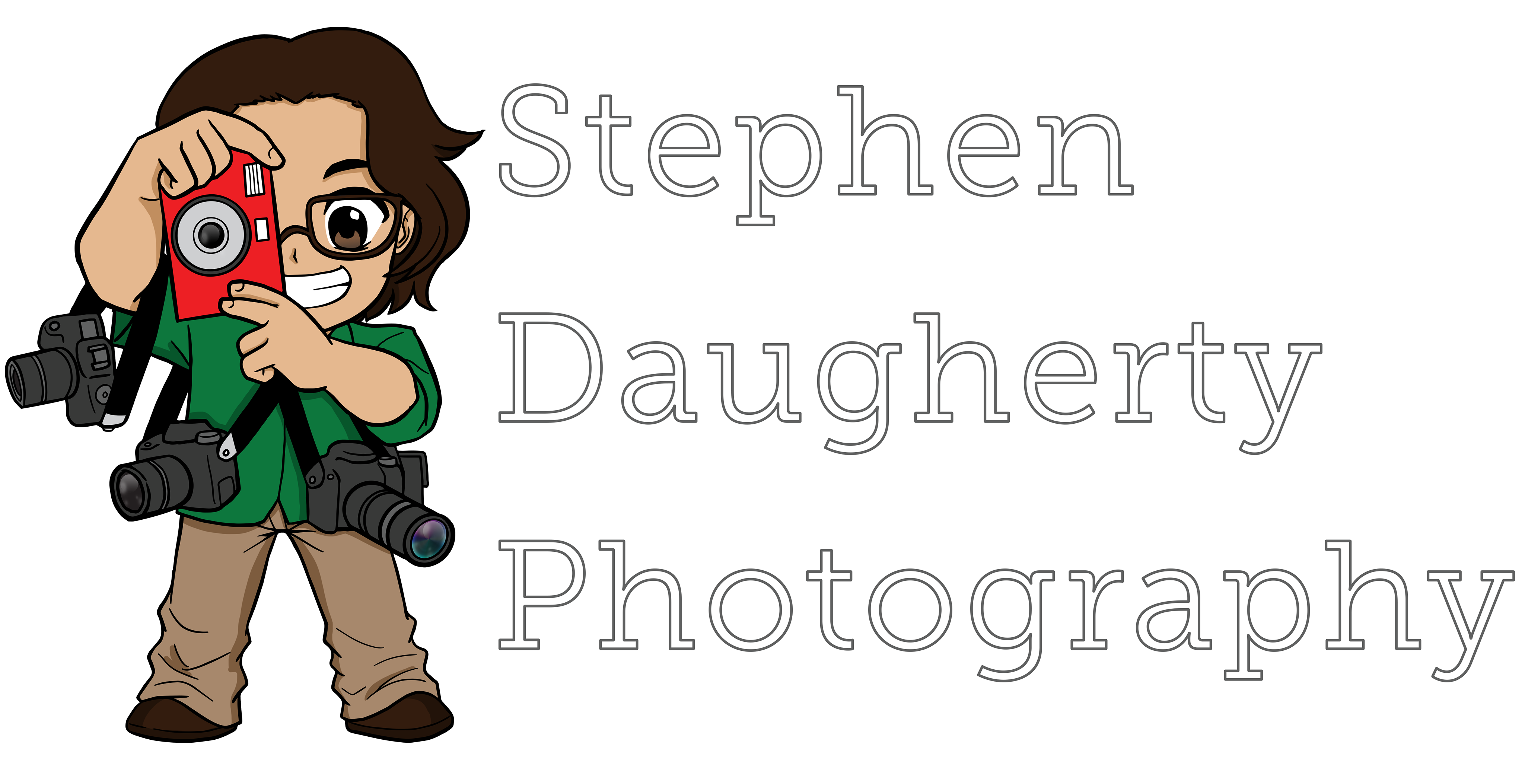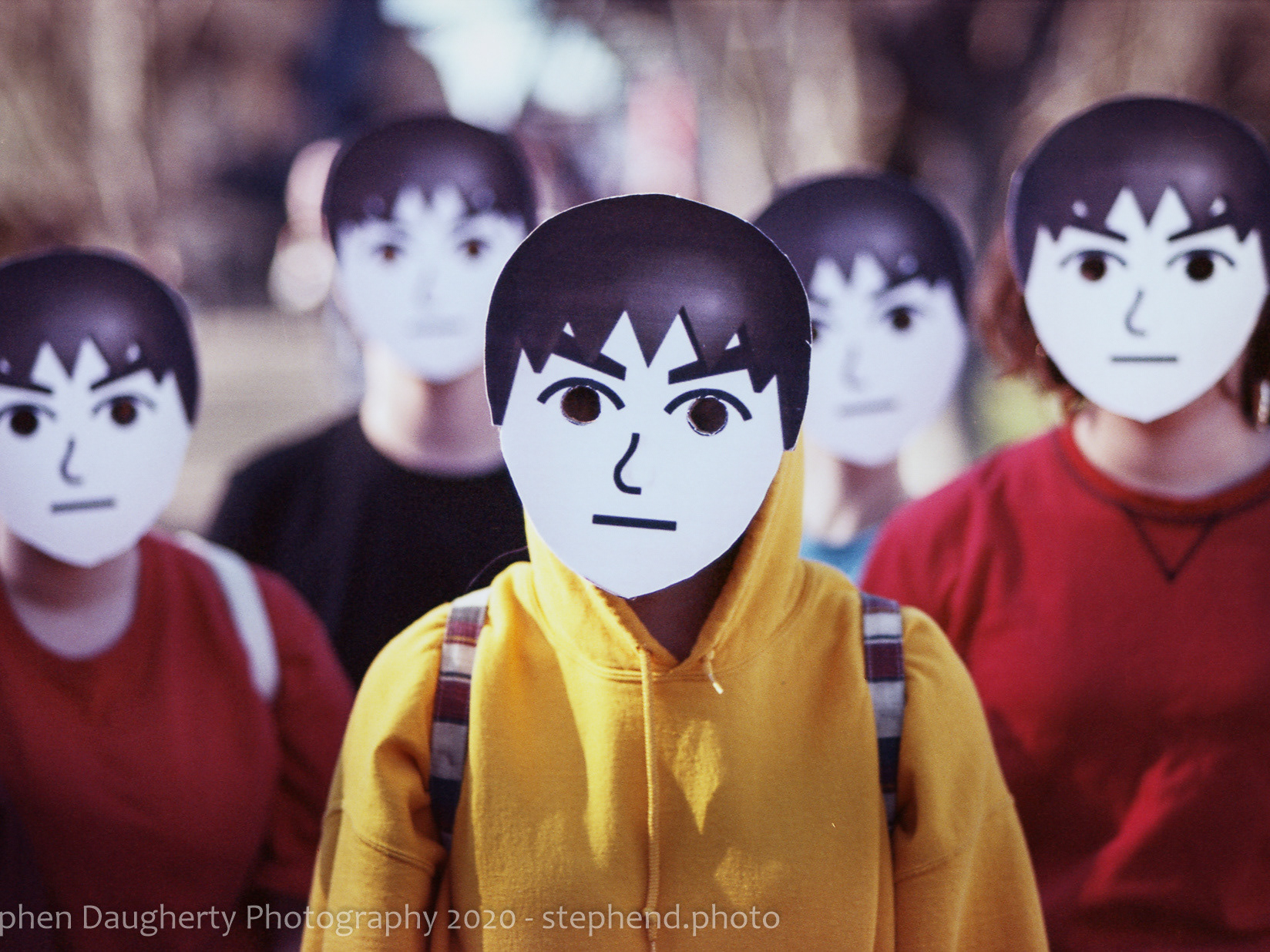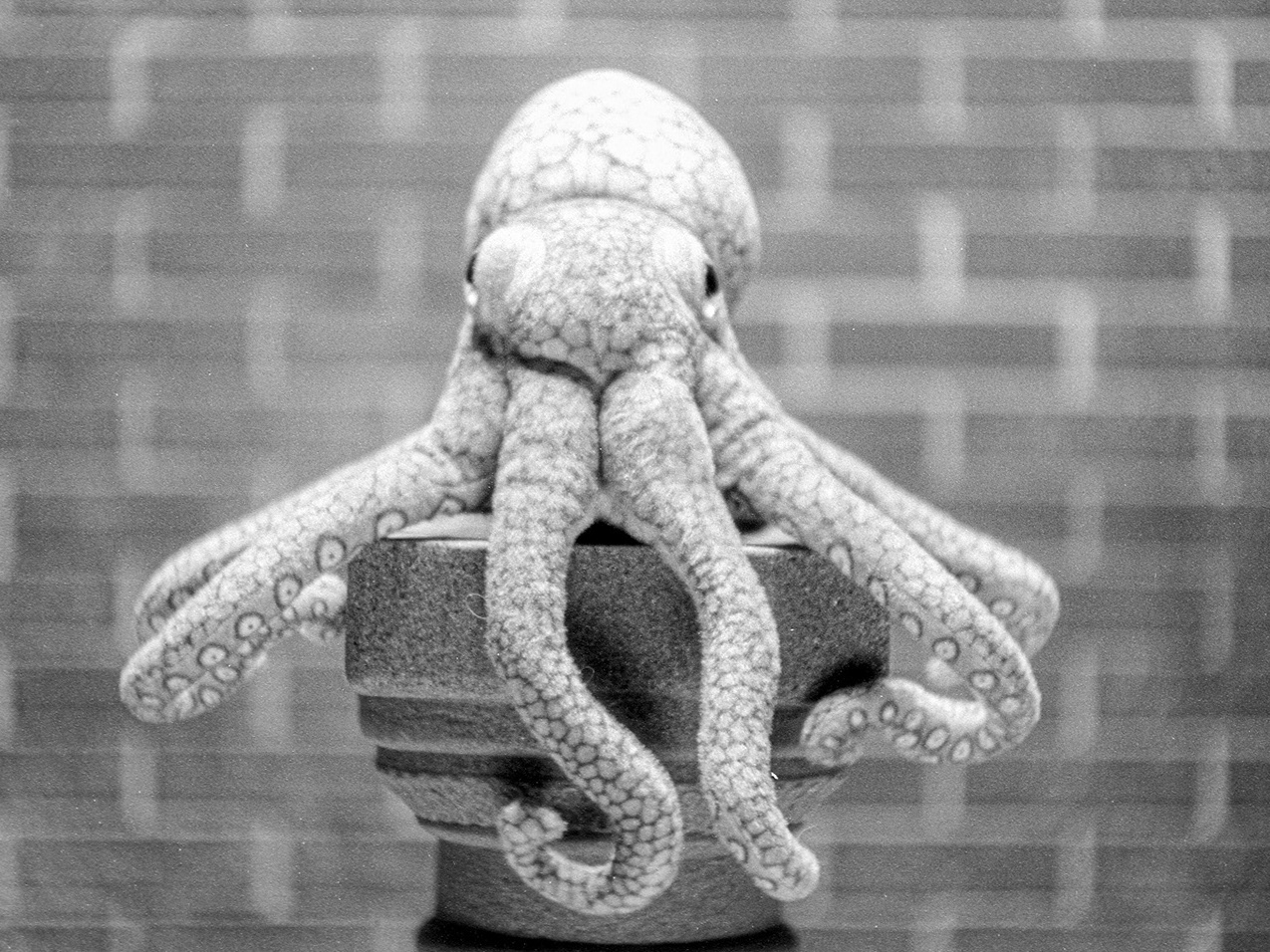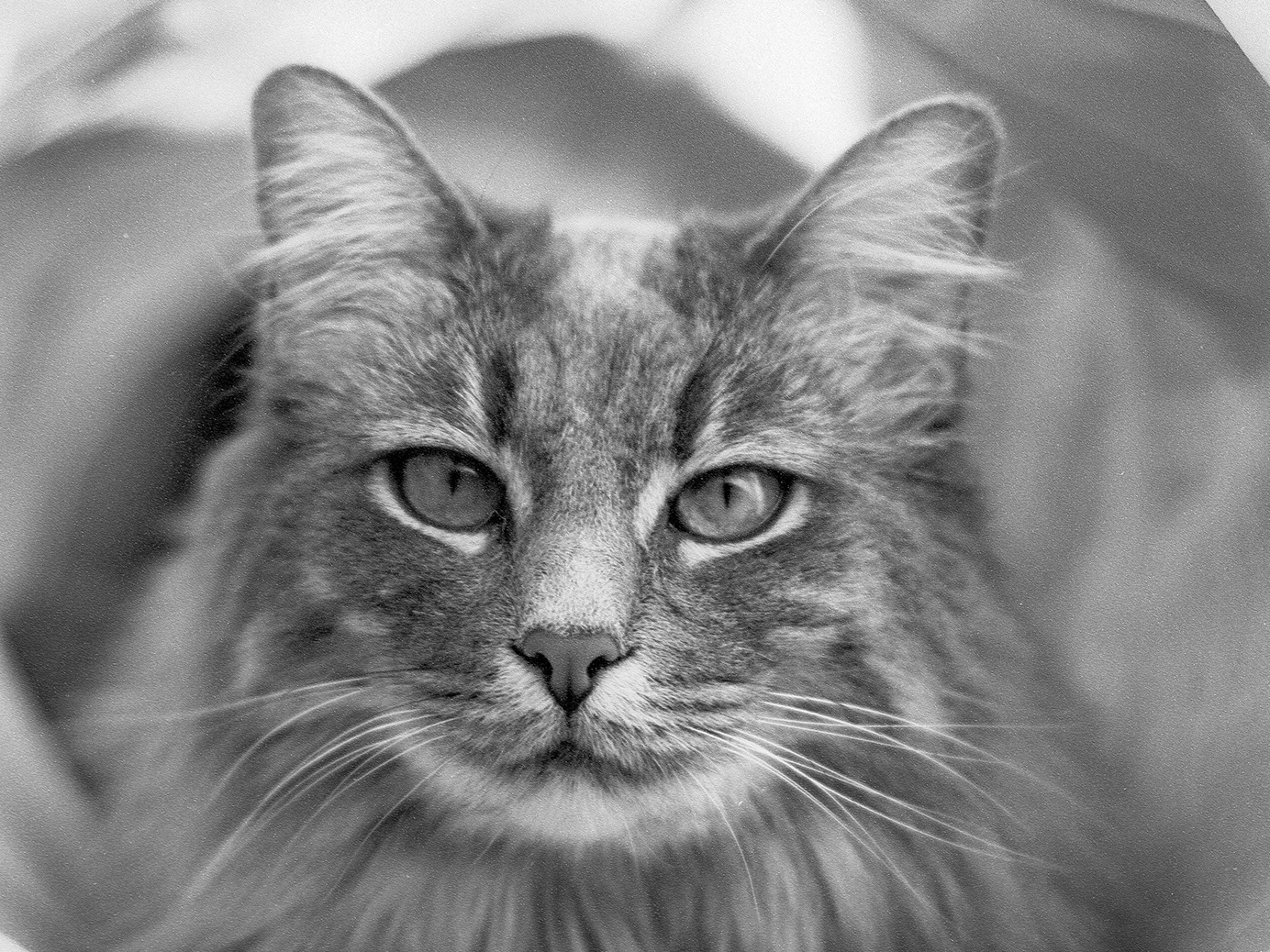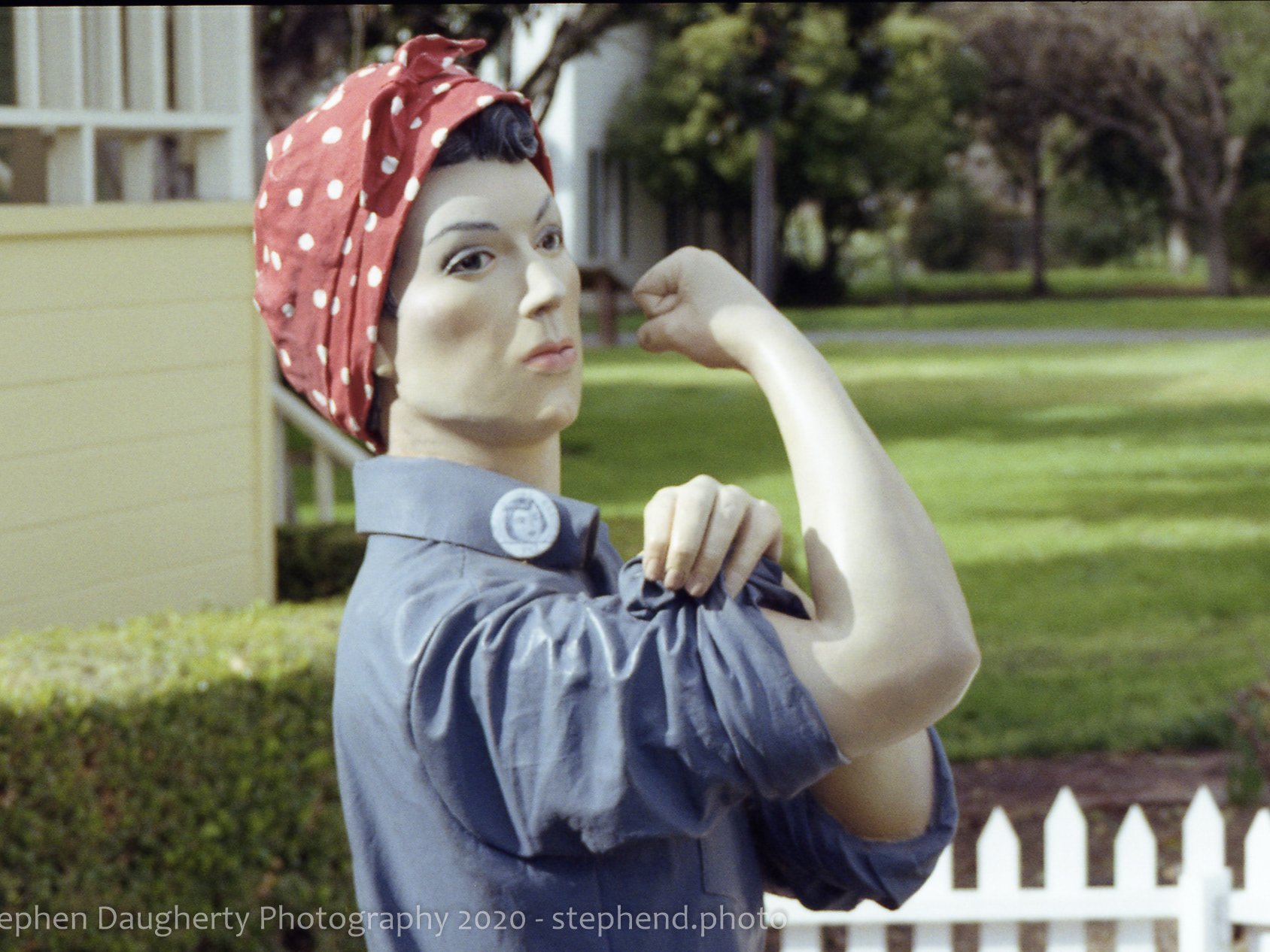NOTE: Every photo on this page was taken on Kodak Gold 200, developed at a professional film lab, and scanned with an Epson V600
Kodak Gold 200 is one of the most popular film stocks ever. If you grew up in the USA in the 80's/90's much of your childhood will be documented on Kodak Gold. It's a 200 ISO color negative film sold in 35mm that's known for it's color accuracy in daylight or with flash but in other situations the colors shift distinctly warmer (often yellow). I've personally had a love hate relationship with the film. When I started getting into film photography as an adult I refused to shoot the stock as I'd grown sick of seeing it. However after over a year of experimenting with various other films I actually miss it and just ordered a brick of it.
Knowing what I know now about film ratings I'd suggest shooting at ~160 or so ISO. The film responds well to overexposure but I don't think you need to go a full stop over and skewing your camera to overexpose by about a third of a stop gives you more shadow detail to work with. I've been able to get quite a few images with this film that are favorites over the years. Here are some examples of what you can get out of Kodak Gold 200 when shot well.
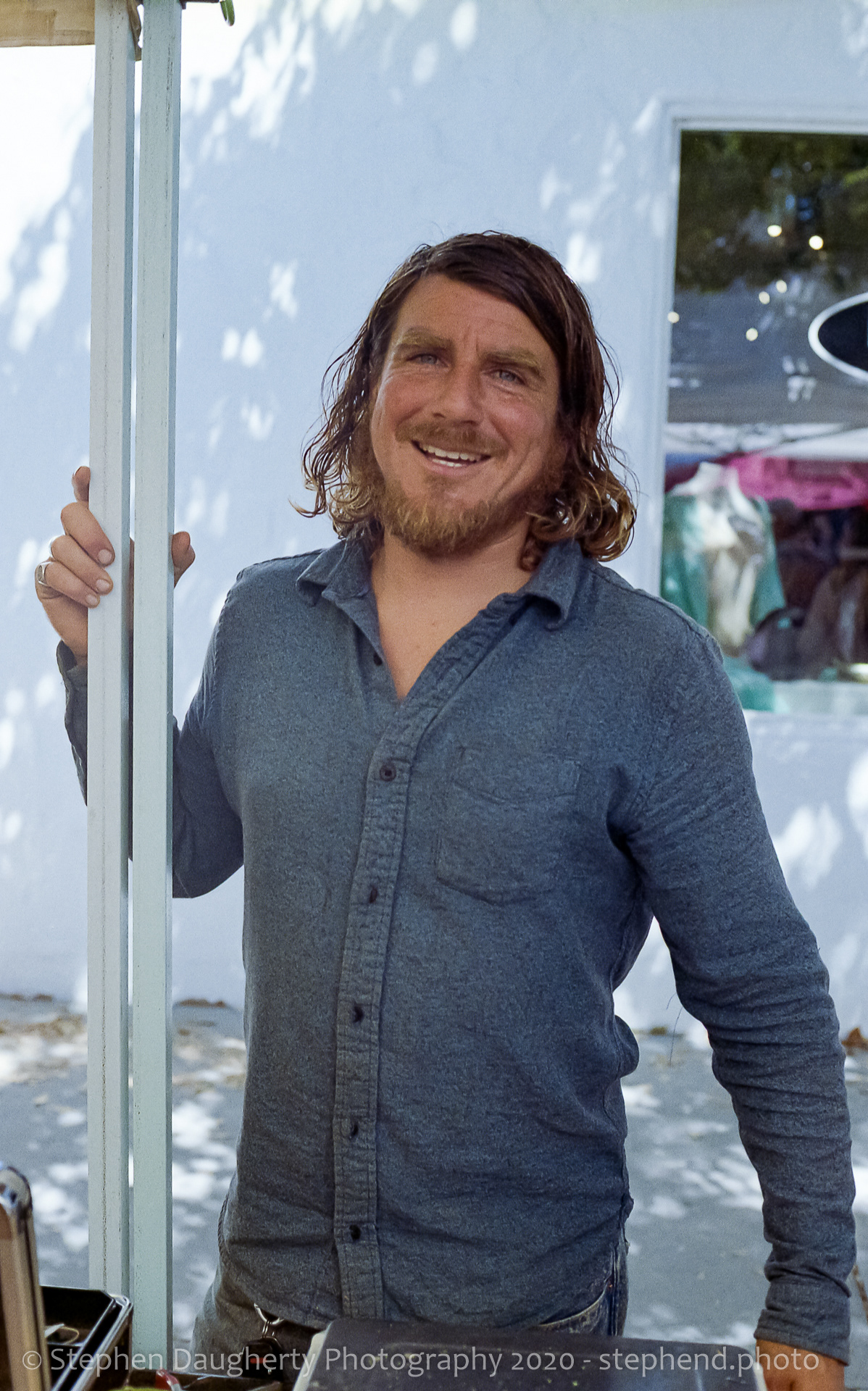
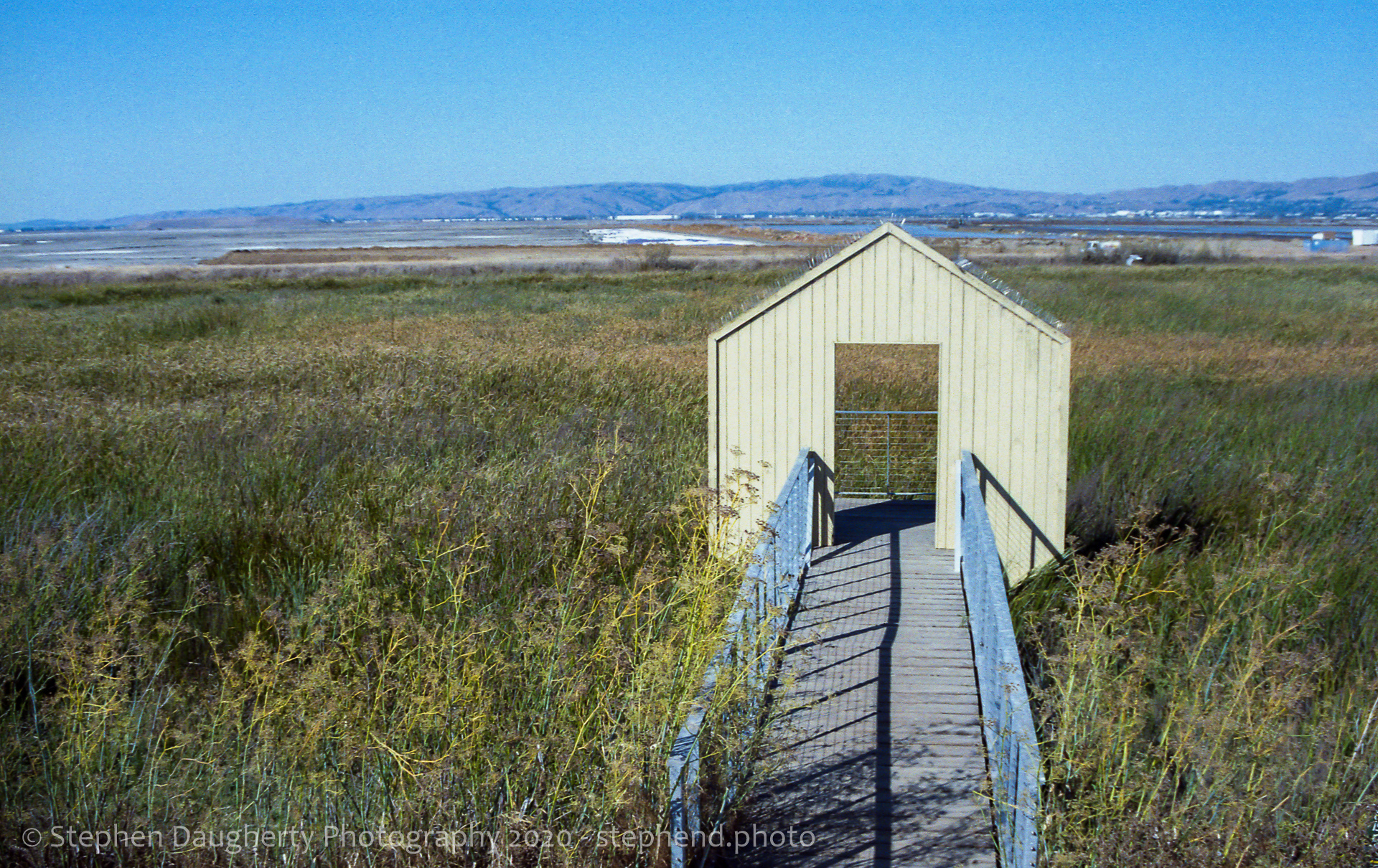
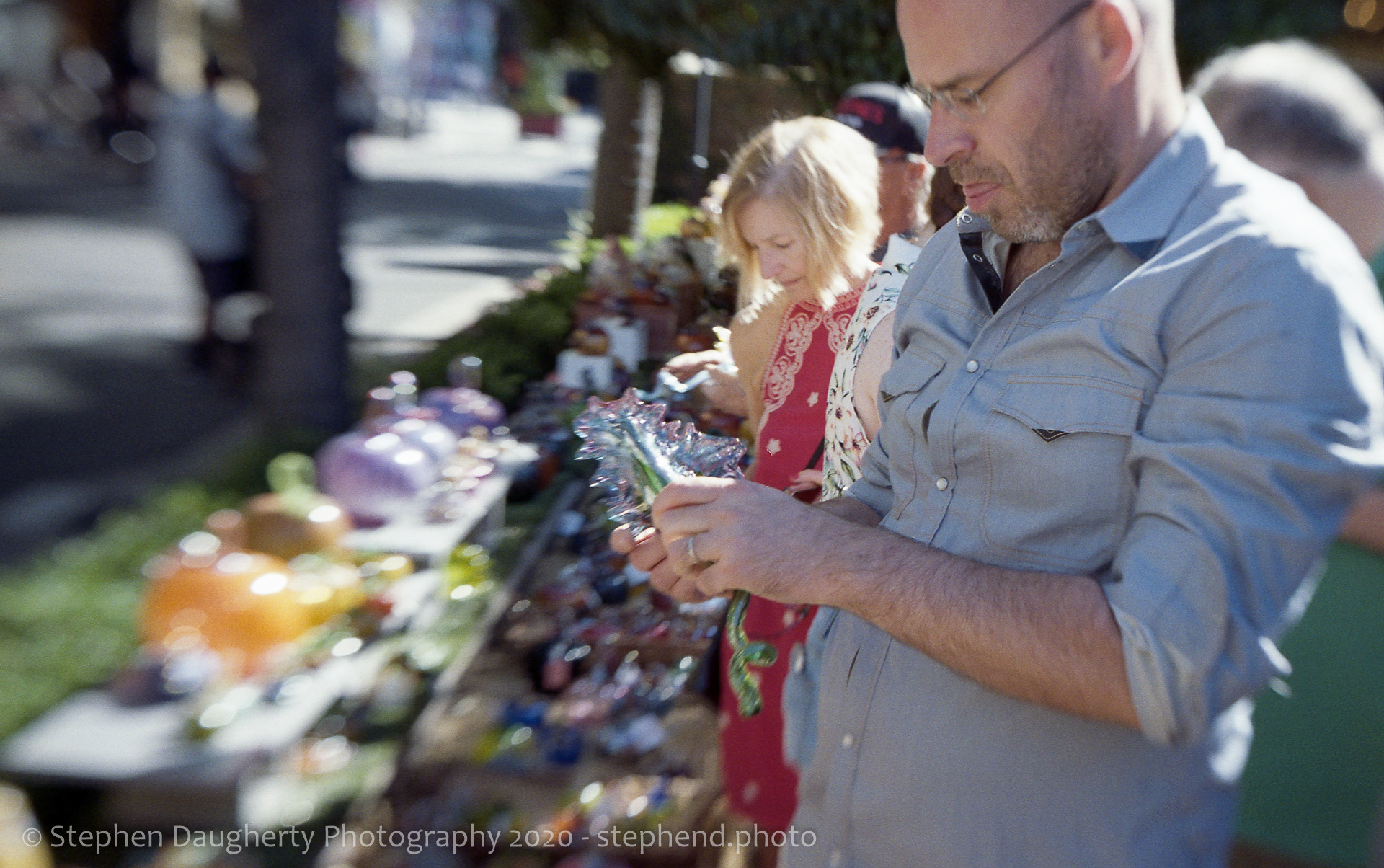

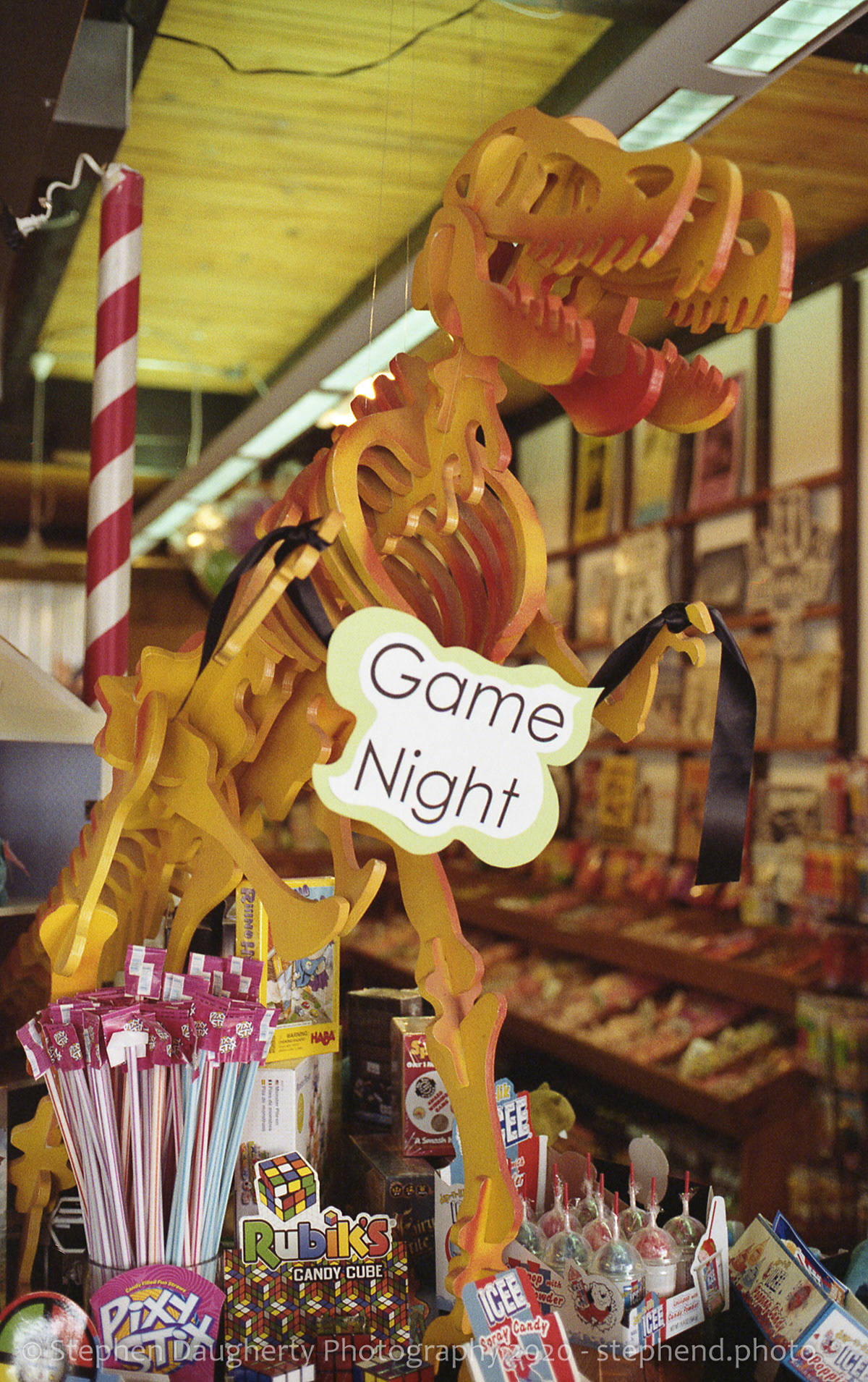

Feeding the film a lot of light is the key. In tough lighting situations the colors definitely shift in unflattering ways - typically a yellow/greenish shift. Surprisingly the film responds well to dark situations making it surprisingly usable for night photography though I think you'd be better served by Ektar or a more advanced stock. Here are a few tough lighting situation photos and night shots.
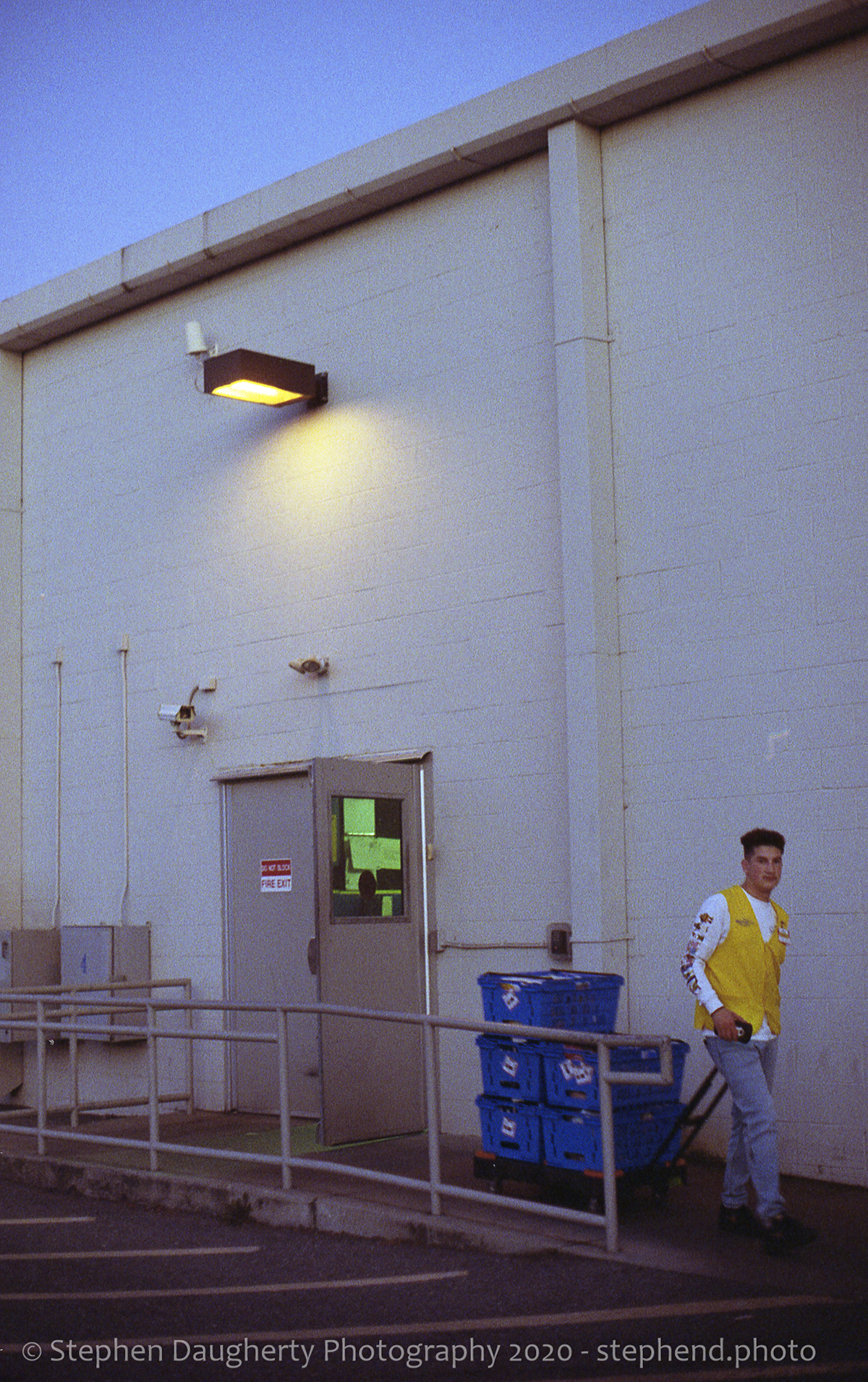

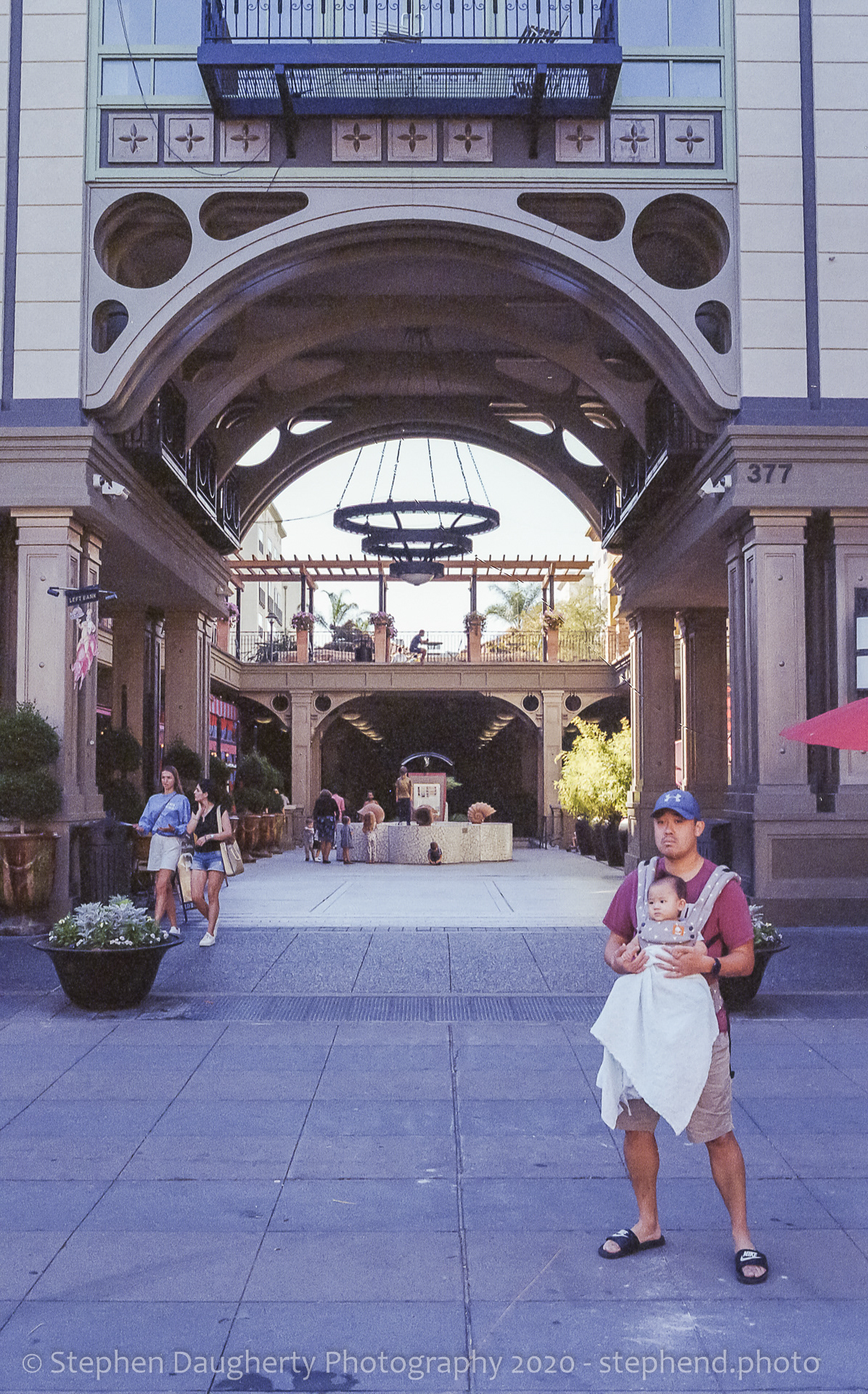
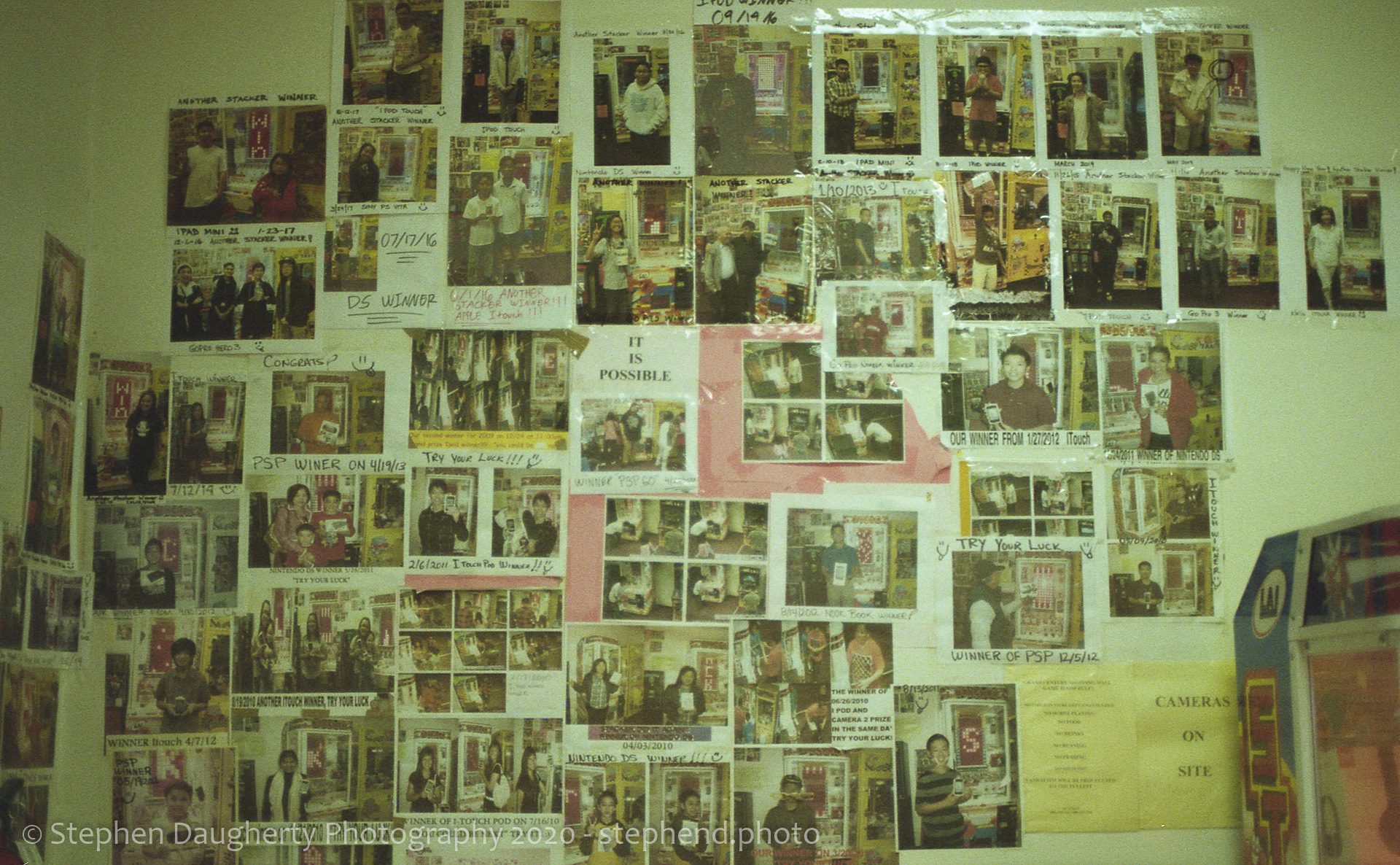
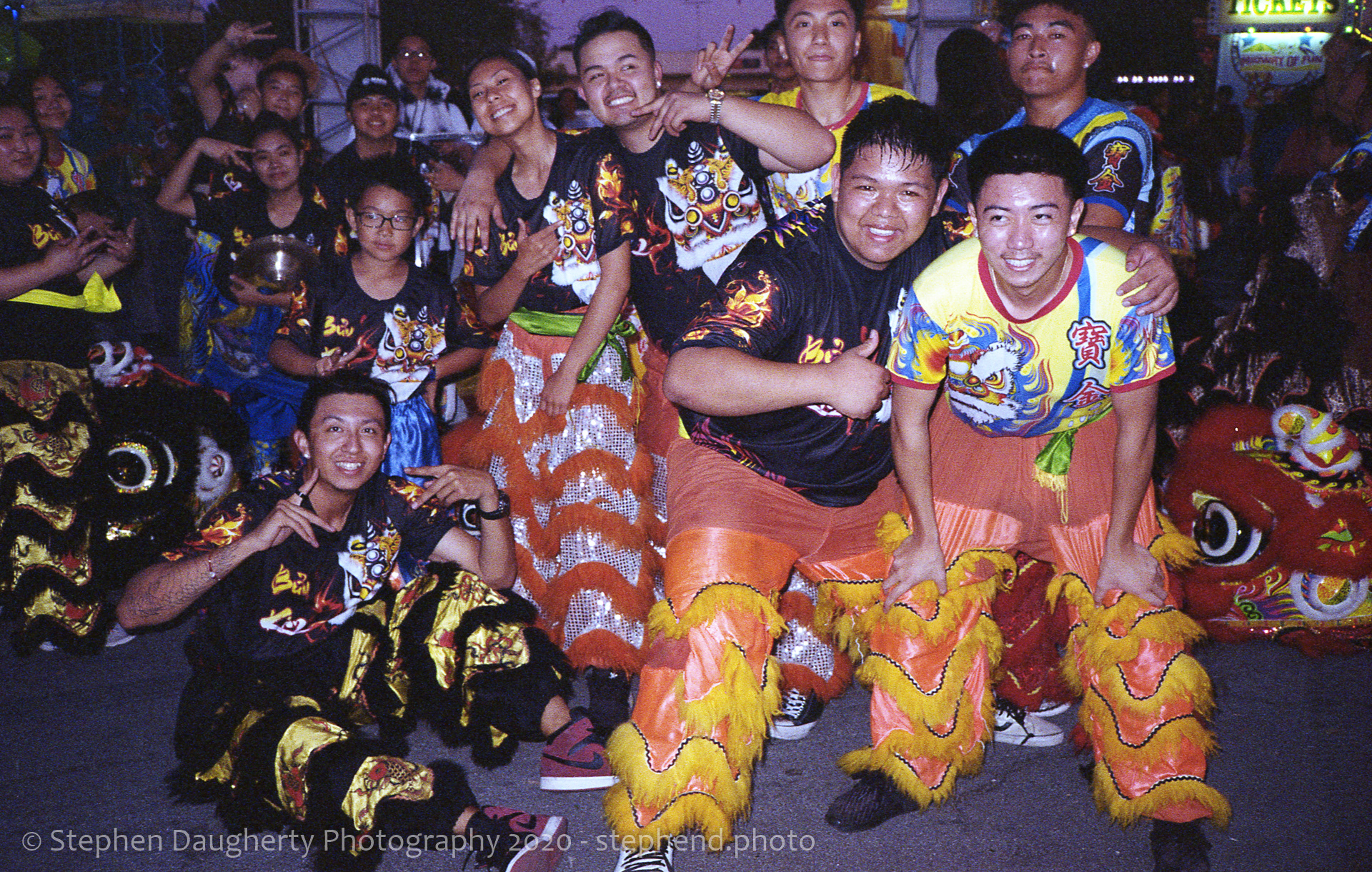
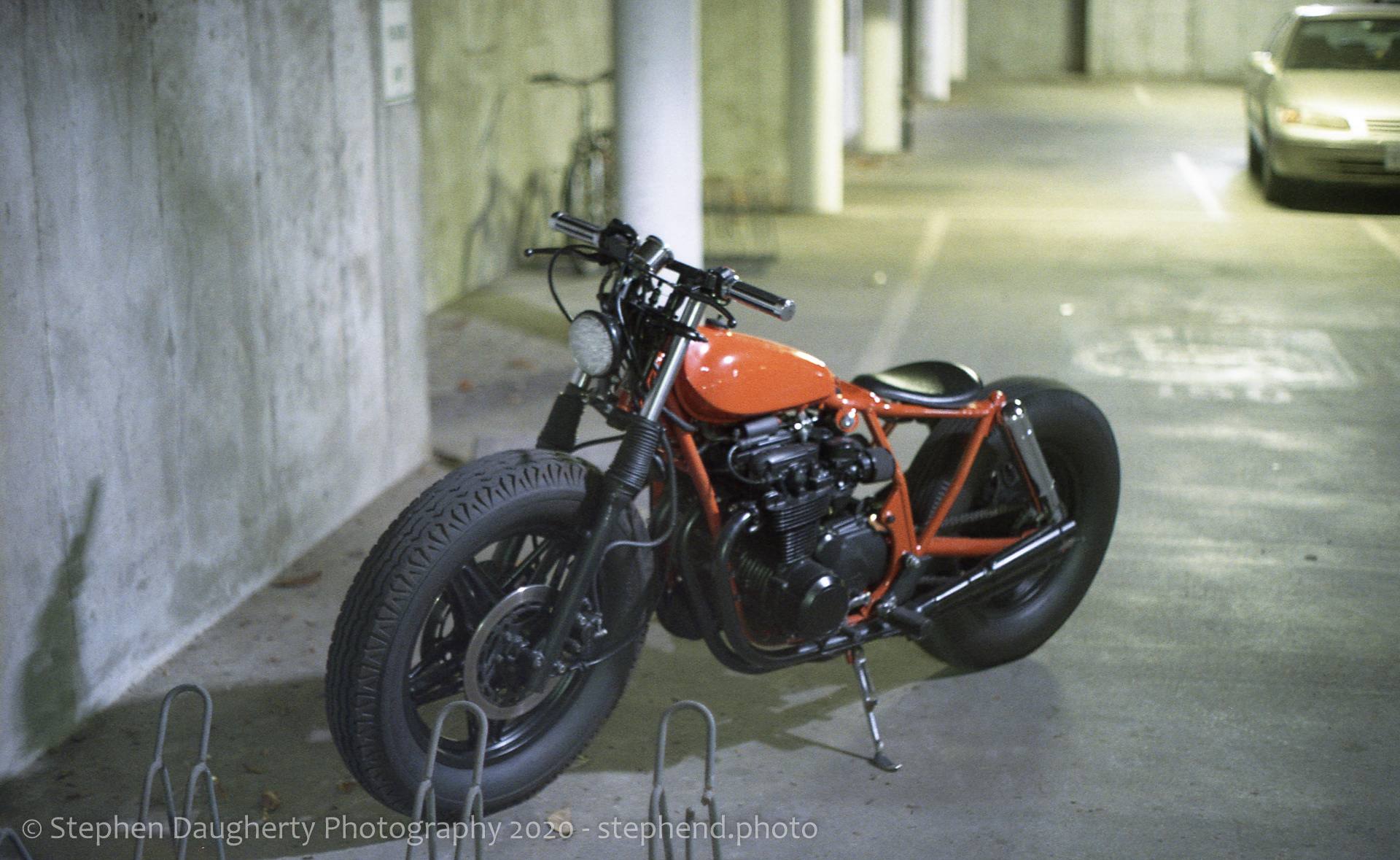
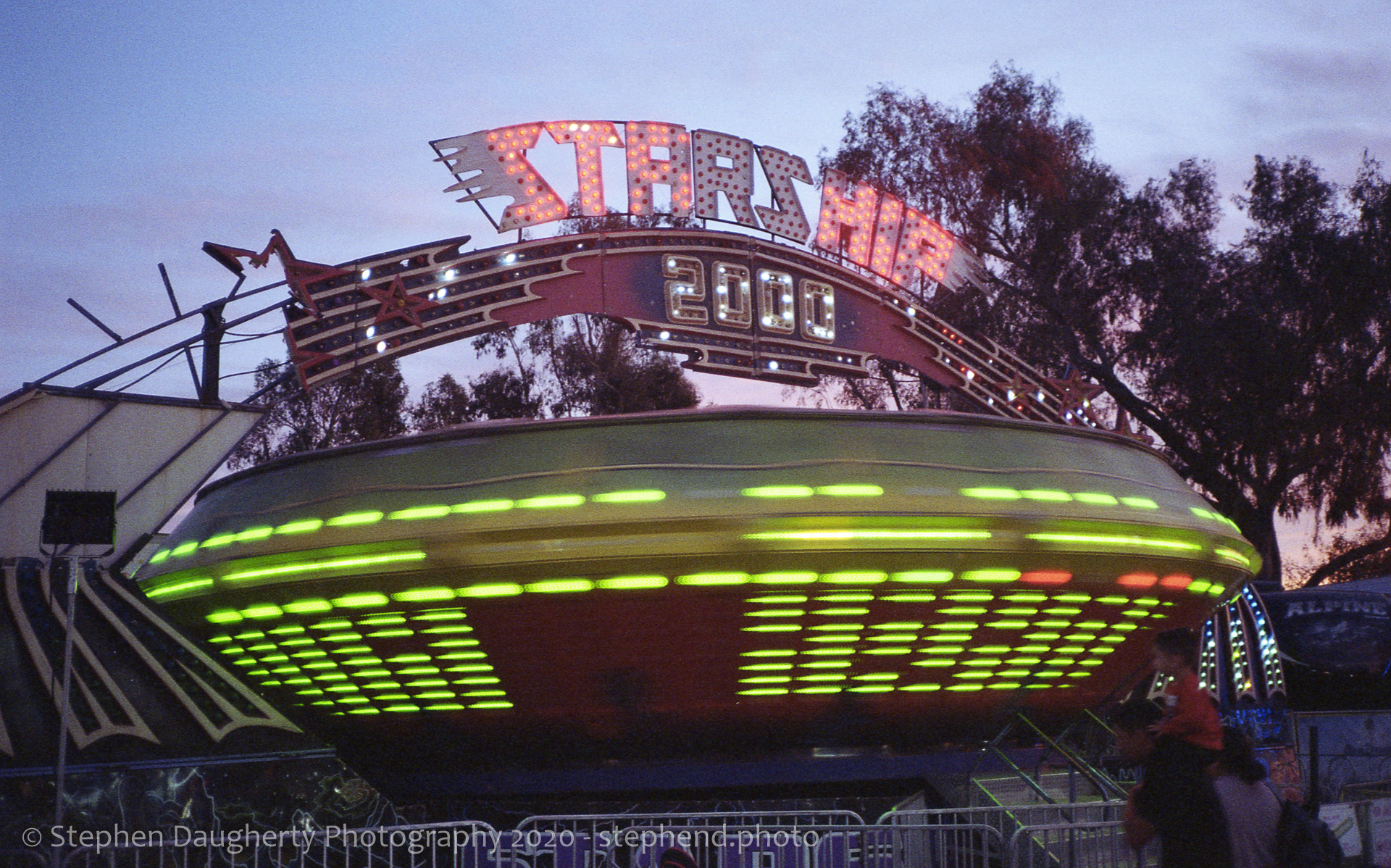
Since this is such a cheap film stock it's especially well suited for toy photography (aka lomography). You can stick this film in any old camera and not feel too guilty if the photos come out. the LC-A+ almost always has some Kodak Gold 200 loaded. Family snapshots are great as well for many of the same reasons. Burning a roll of Ektar on frivolity is expensive when you can go through 2-3 rolls of Gold for the same price. Playing with multiple exposures, weird experiments, or just fun are all fodder for Gold 200.
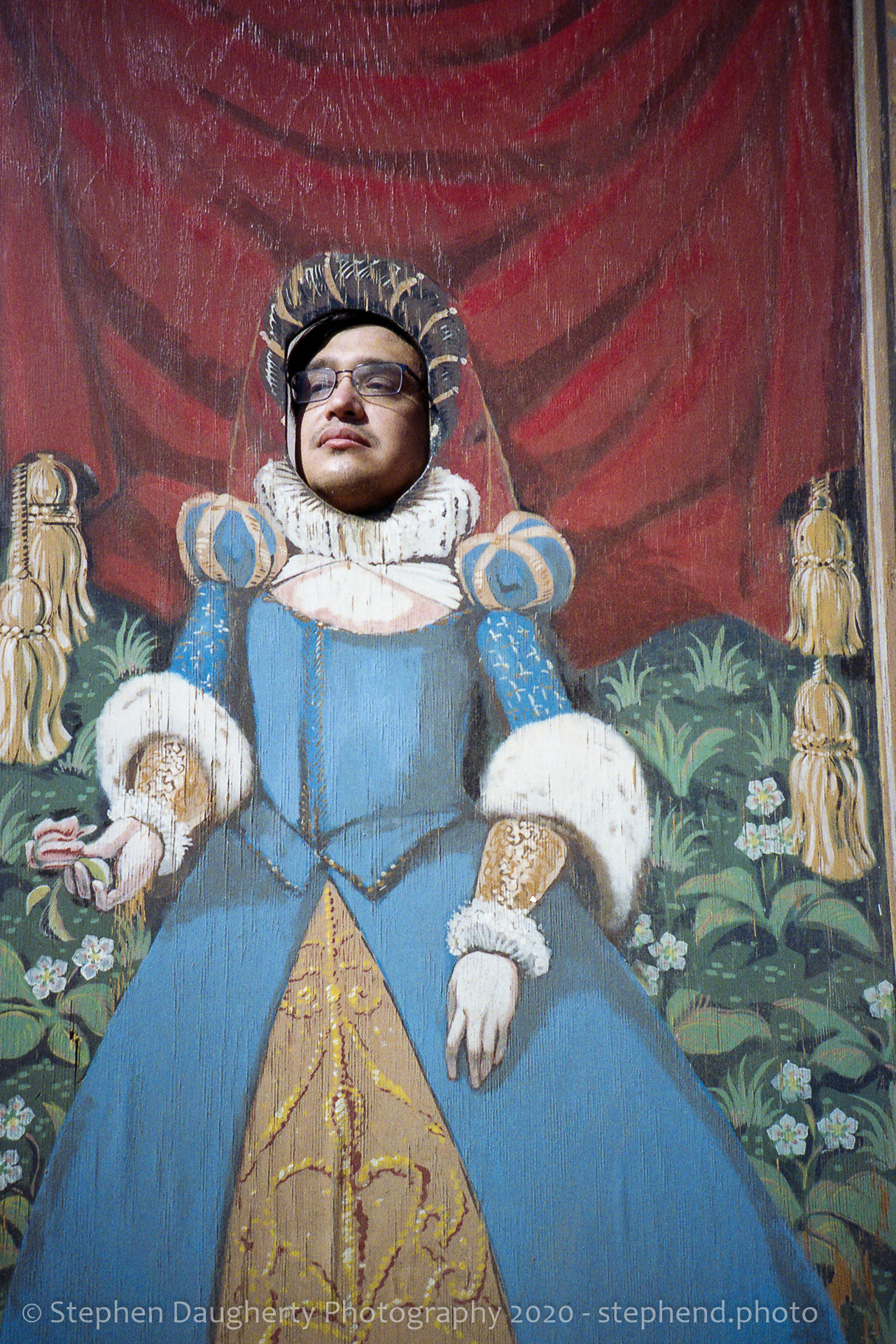
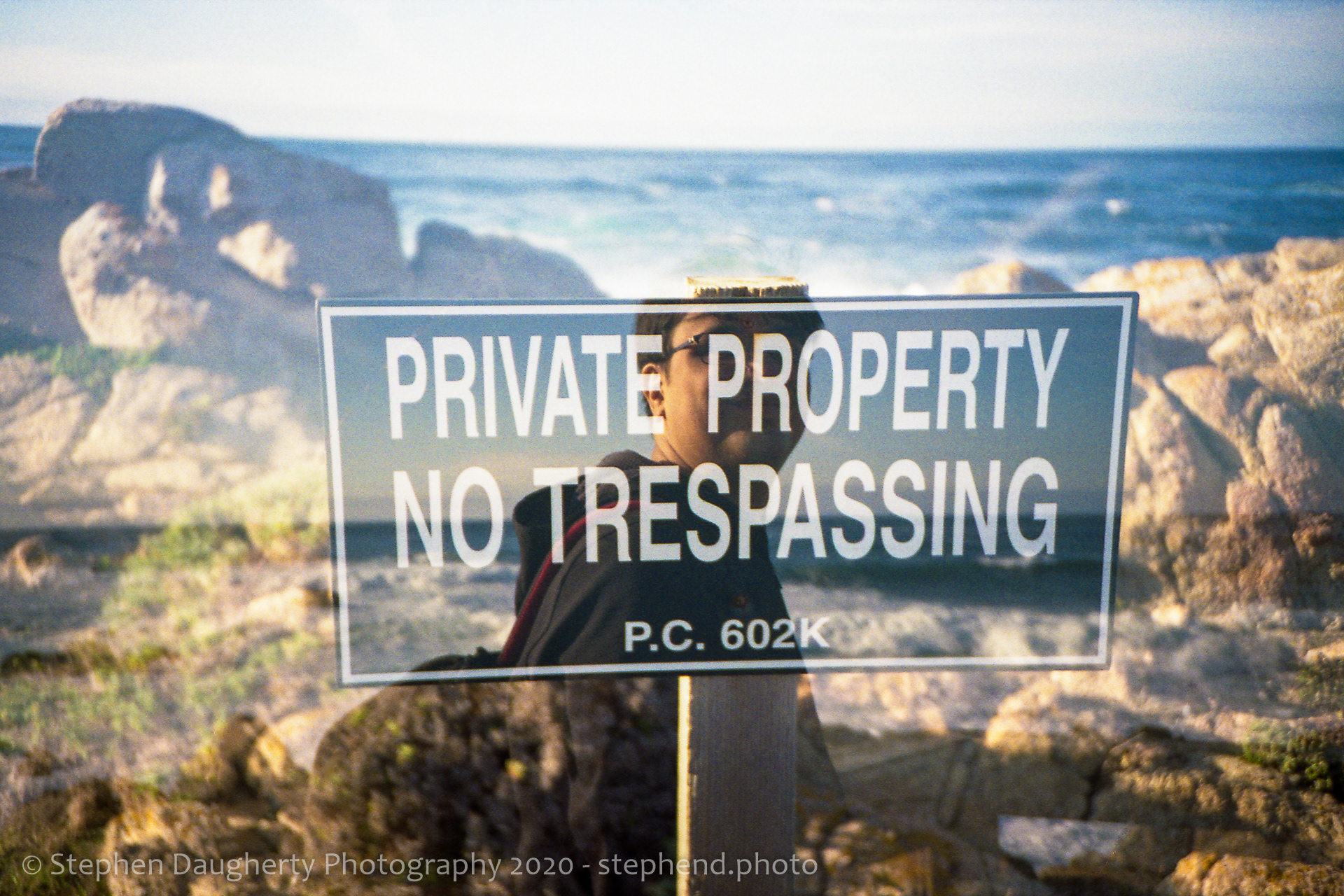
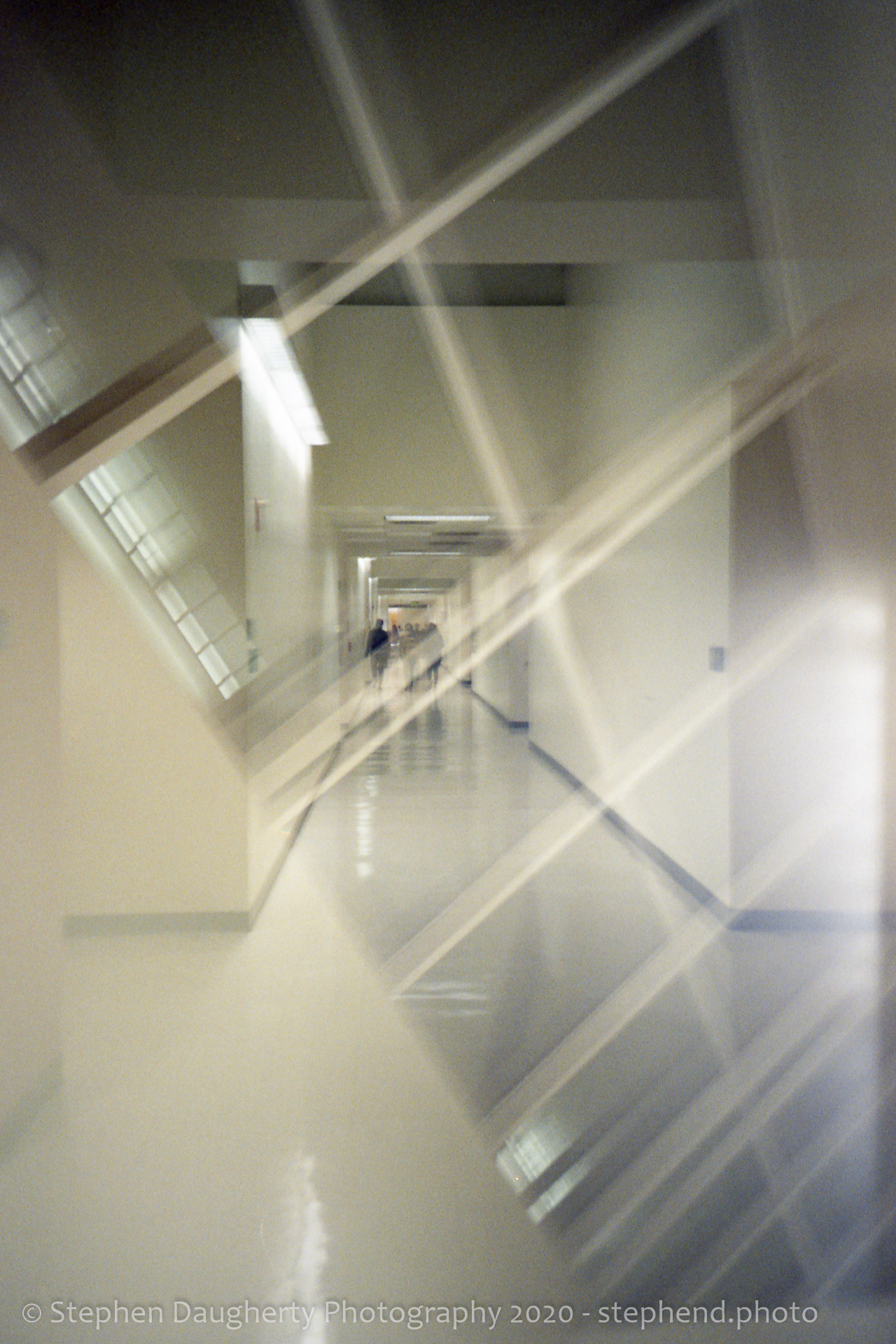
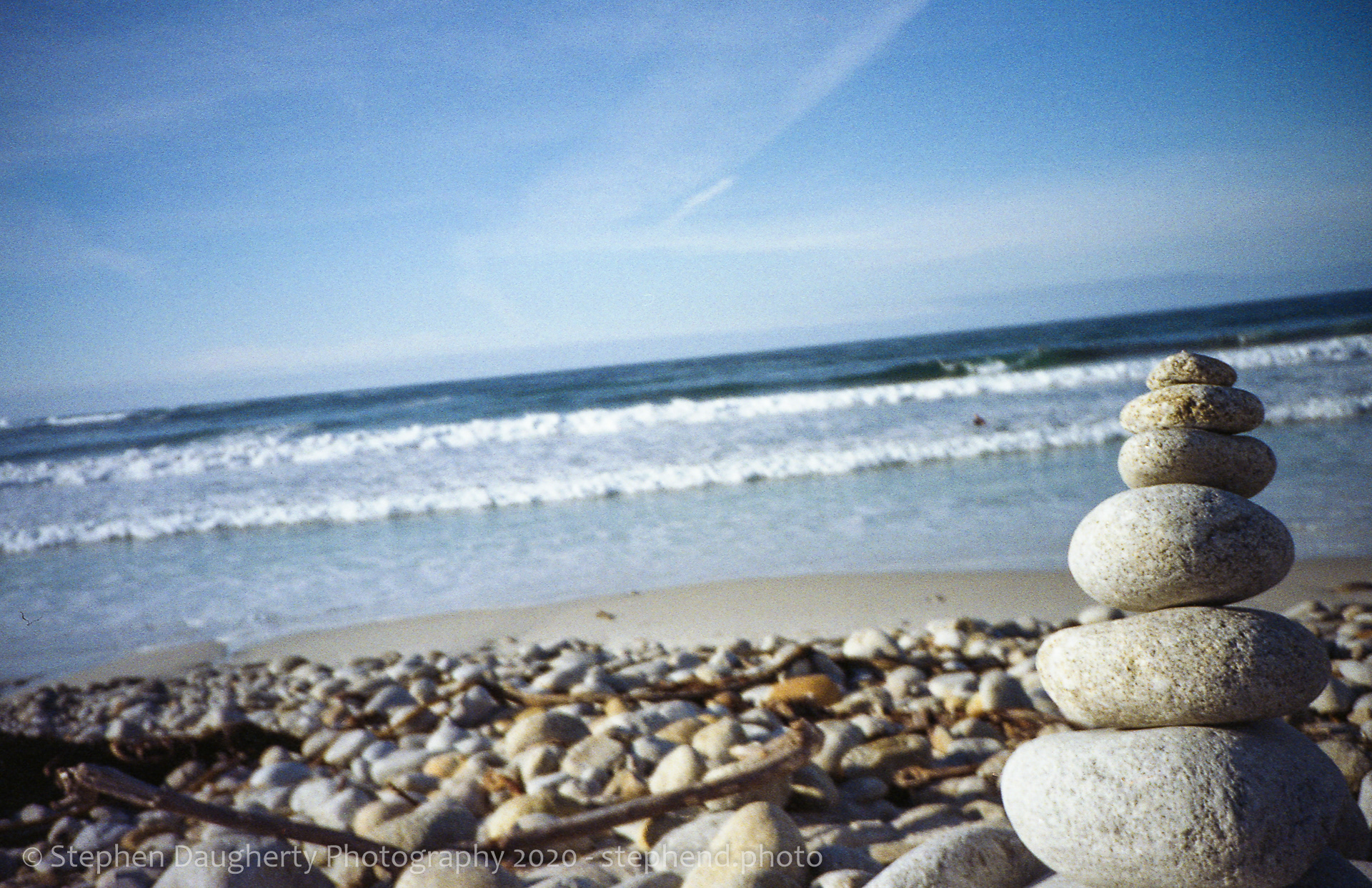
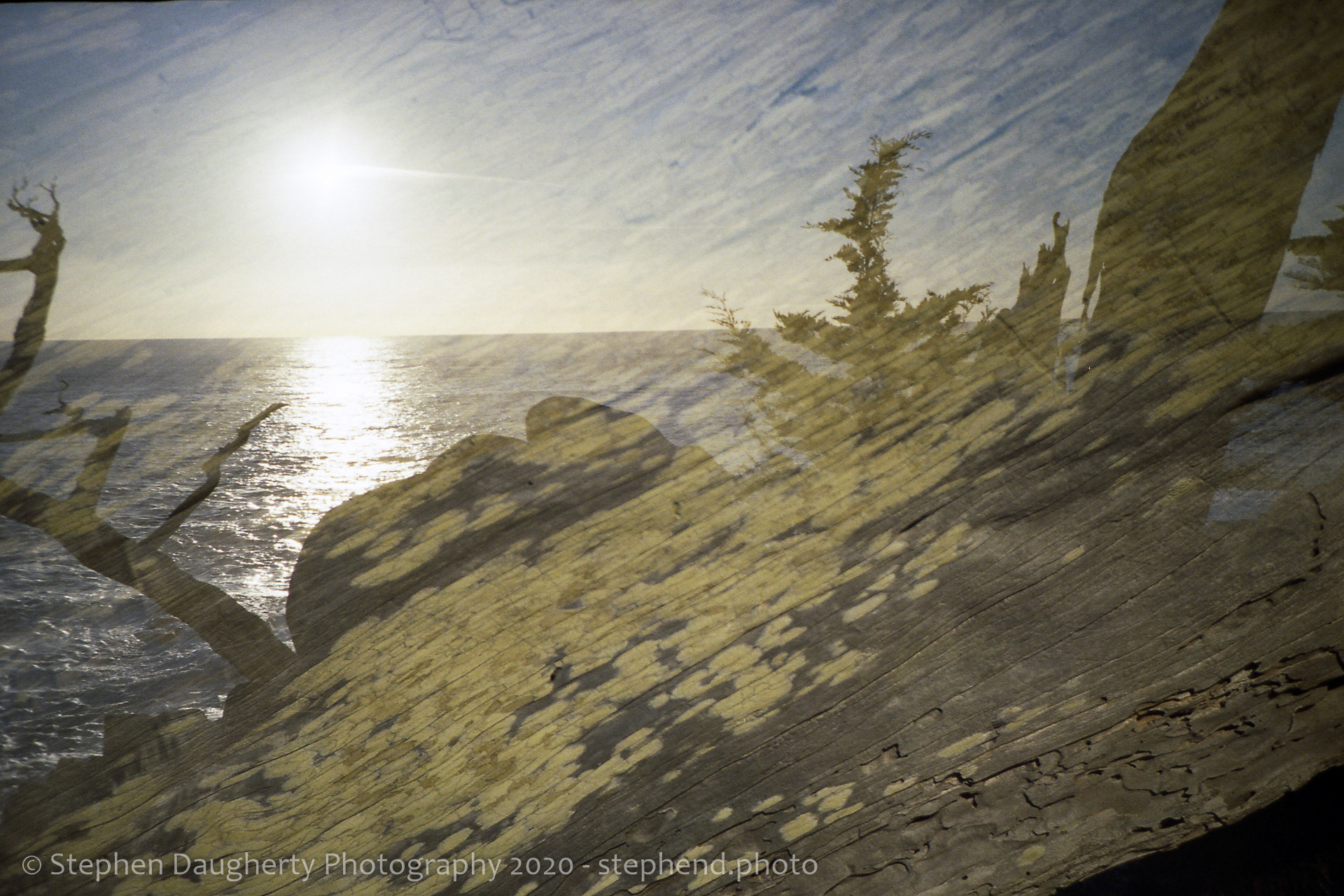
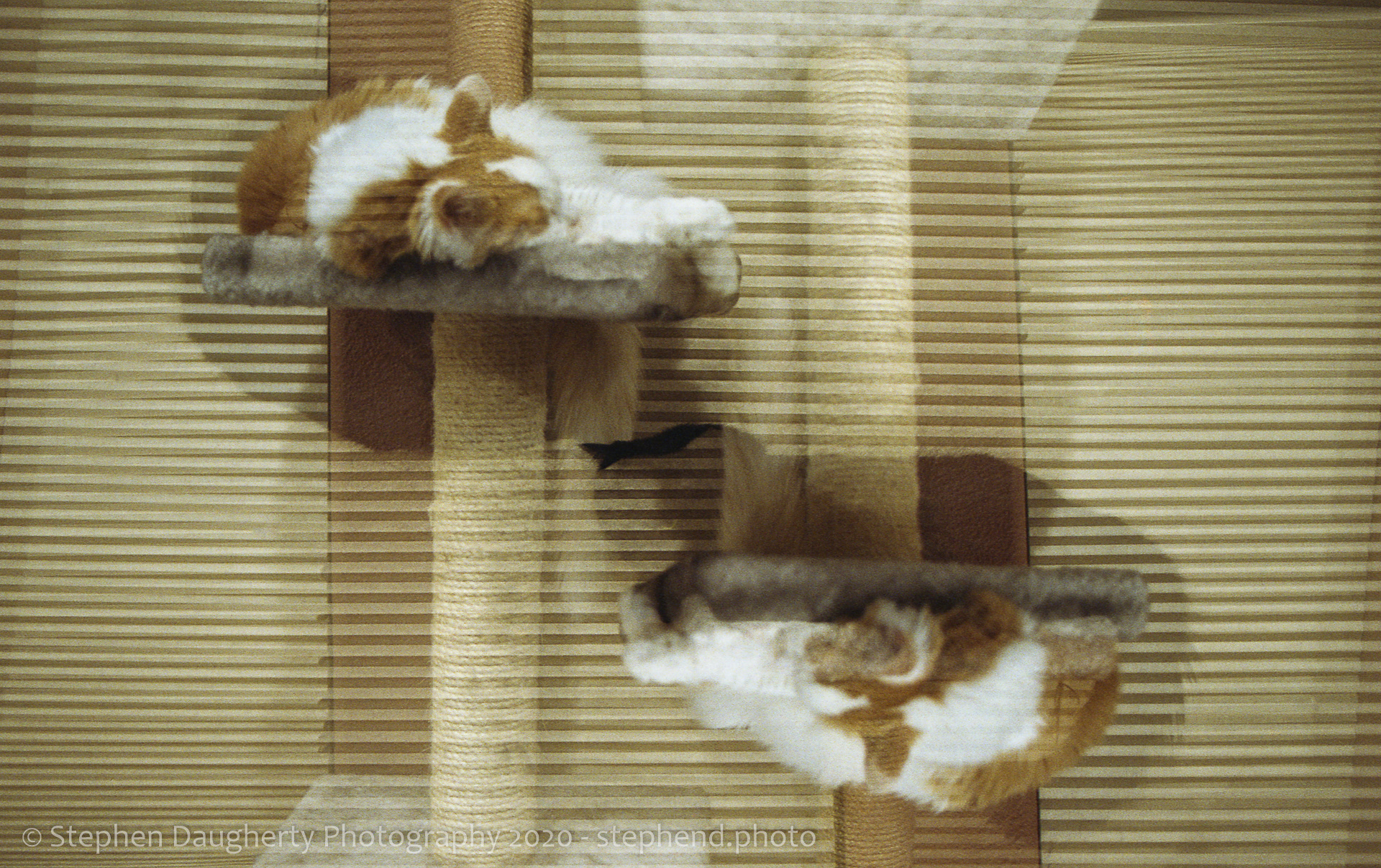
This is not a film stock that handles poor storage or being expired well. I'd strongly recommend shying away from this film if you can't get assurances on how it was stored or see sample photos when buying from anything from a reputable seller. It shifts very green and at least to me it's just generally not a pleasing when abused. The worst you can do is leave the film loaded, exposed, but undeveloped for an extended period of time. It takes on a horrible curl and the grain grows tremendously. Store cold and develop promptly (within a month or so of shooting) otherwise you'll get some of this.
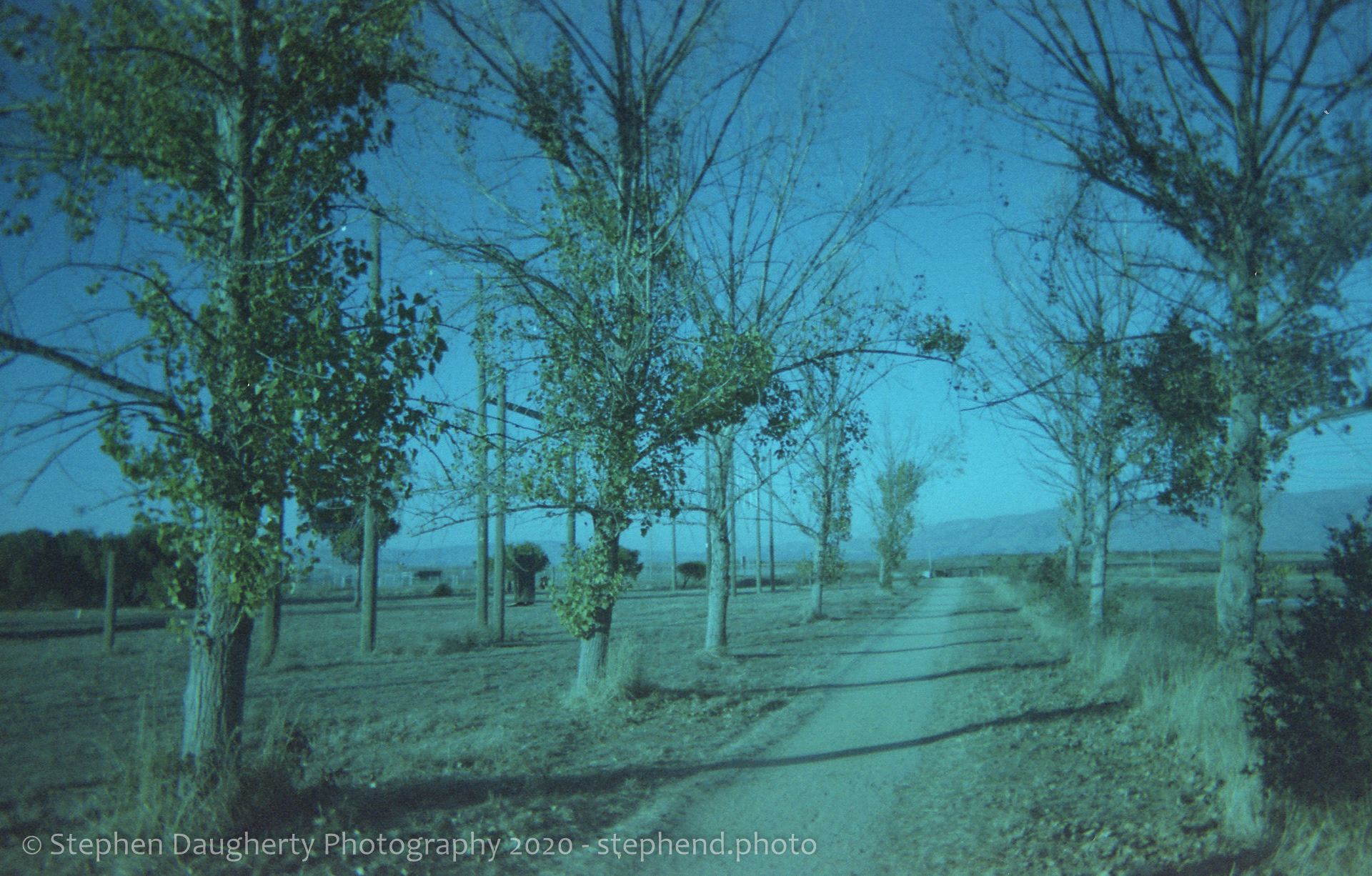
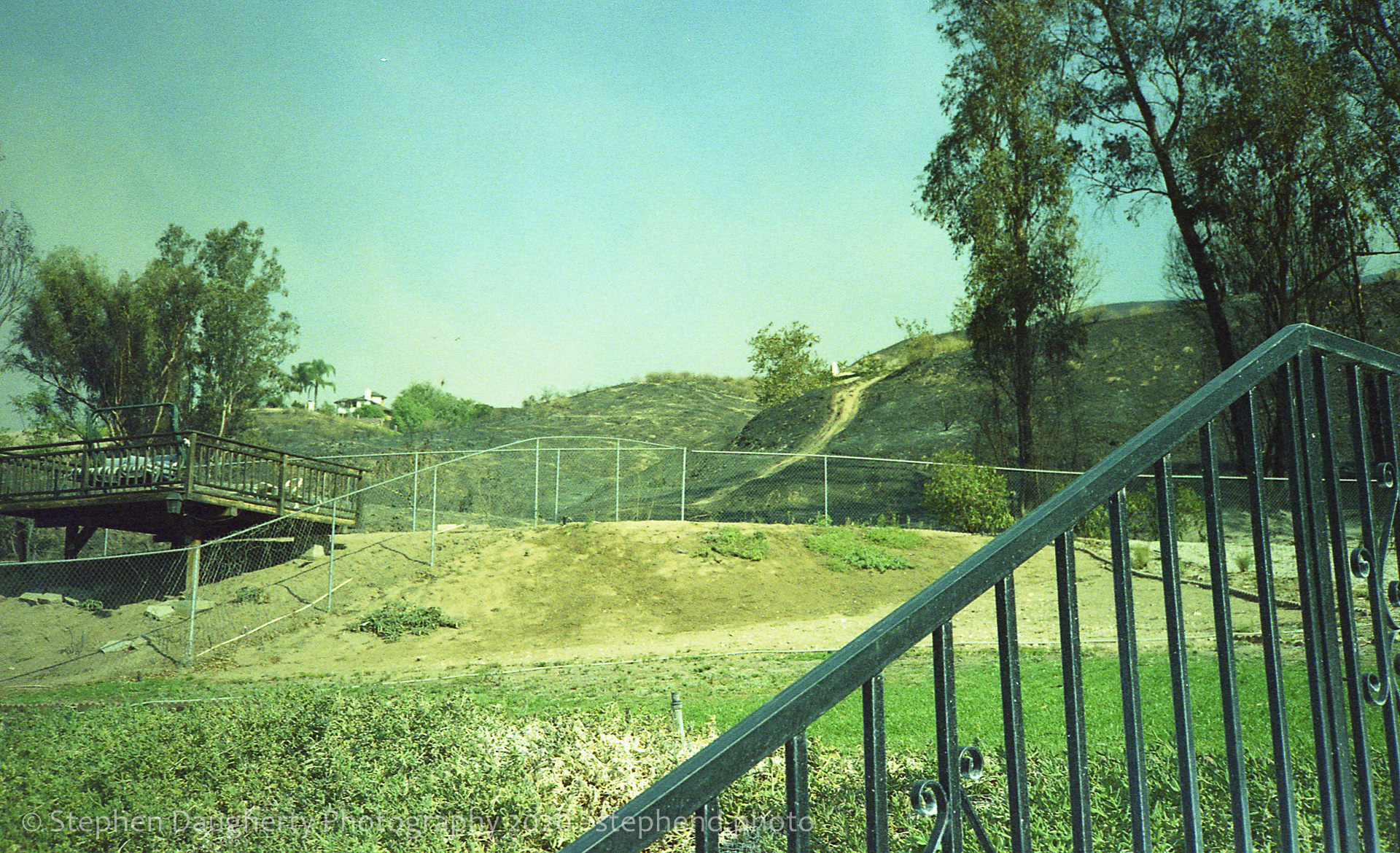
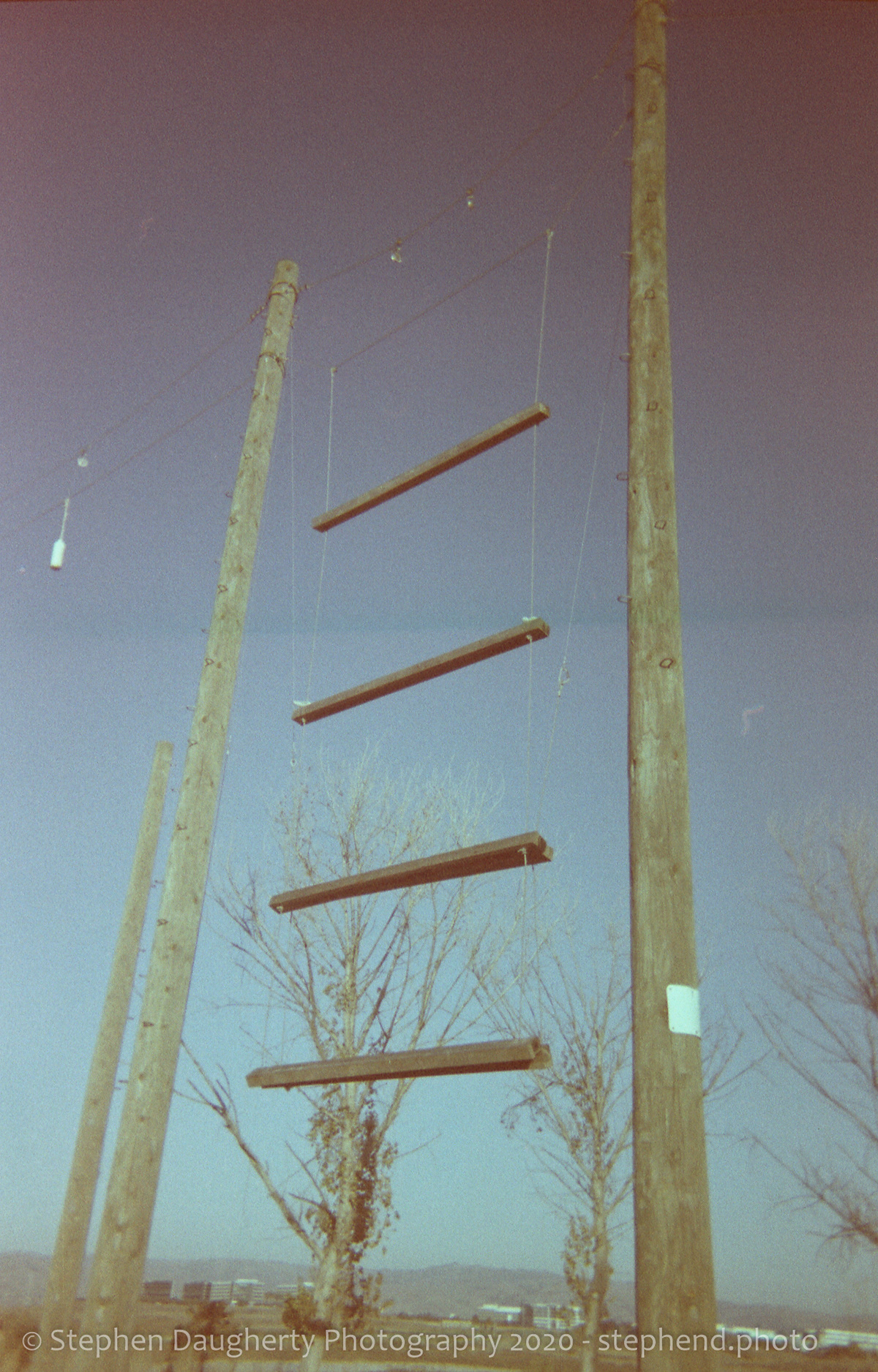
The film also doesn't like being pushed. I've experimented with a +1 push to 400 ISO but the contrast goes nuts with the dynamic range narrowing significantly. I think you could probably shoot with a +1 push if you exposed very carefully with a good camera but if you're planning on going +1 or +2 for snapshots you probably should use a more robust film like Ektar or Portra. Dark areas in particular fall apart extremely quickly.
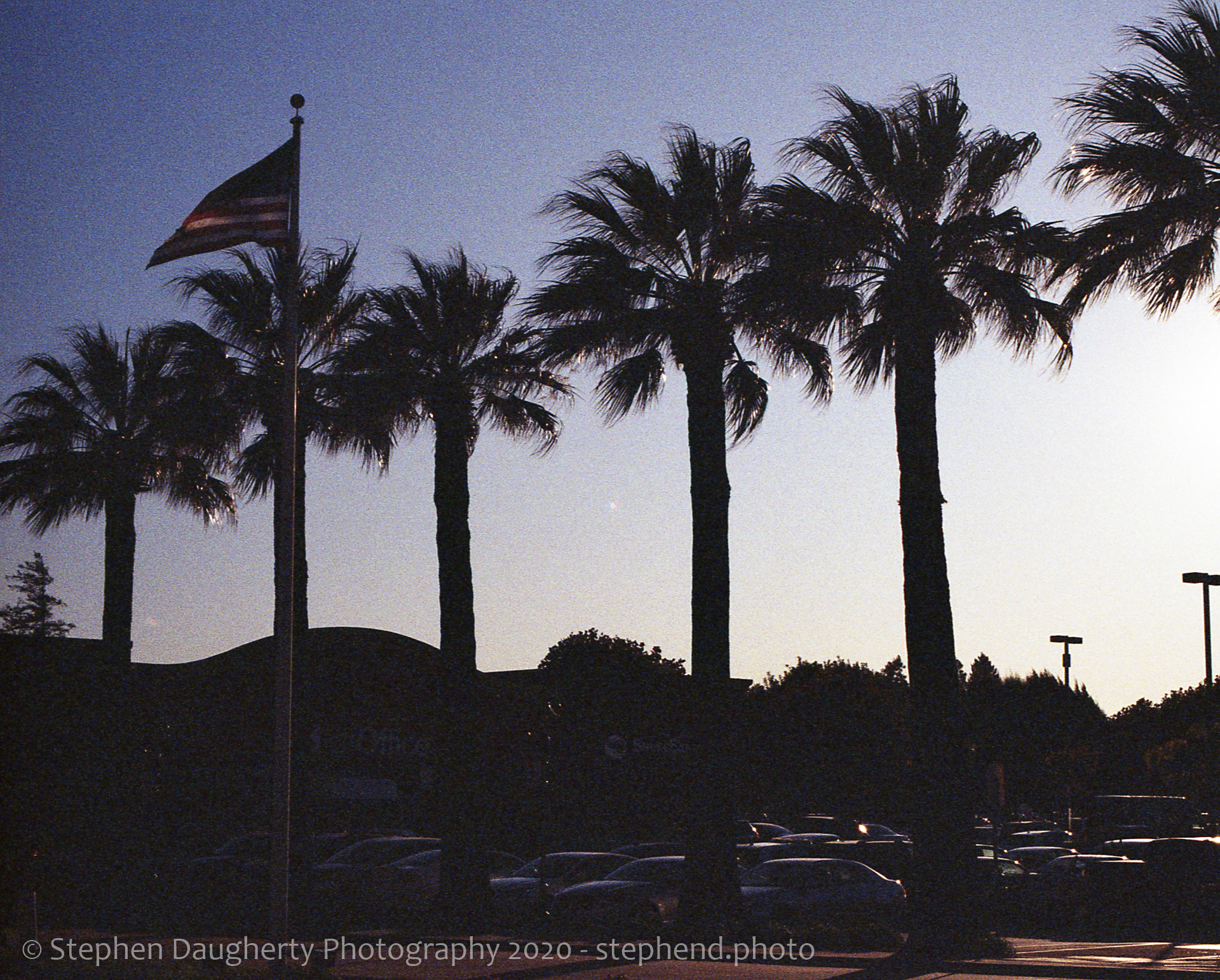

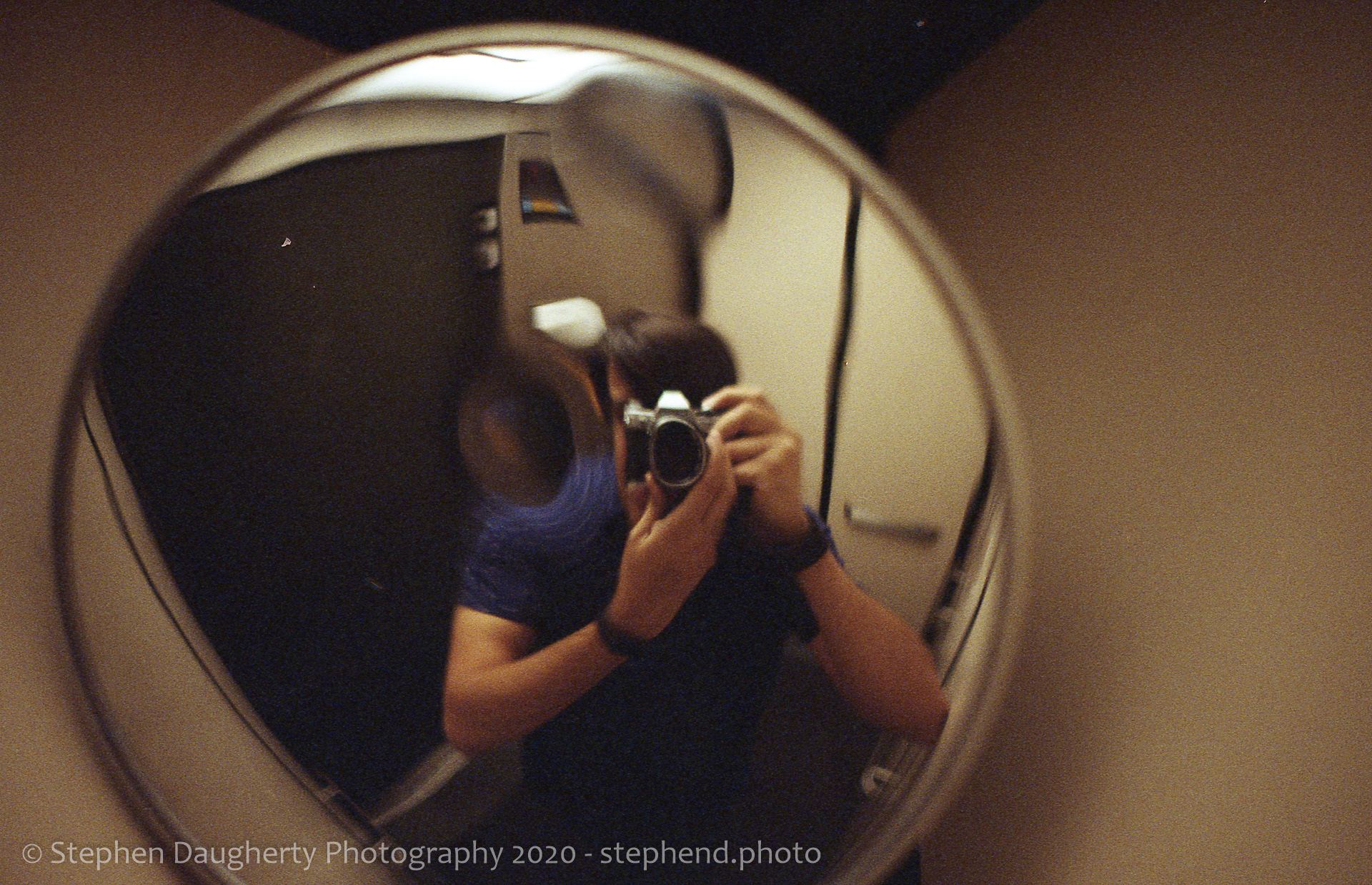

Overall I'd recommend Kodak Gold 200 wholeheartedly. To me it's like an old friend that I've brought back into the fold as the look of the images feel like childhood to me. Keep in mind the inherent warmth and desire for a lot of light when shooting this film and you'll get good results. Just don't leave it in your car or camera for a year and expect it to work well - you'll get a weird green mess instead.
